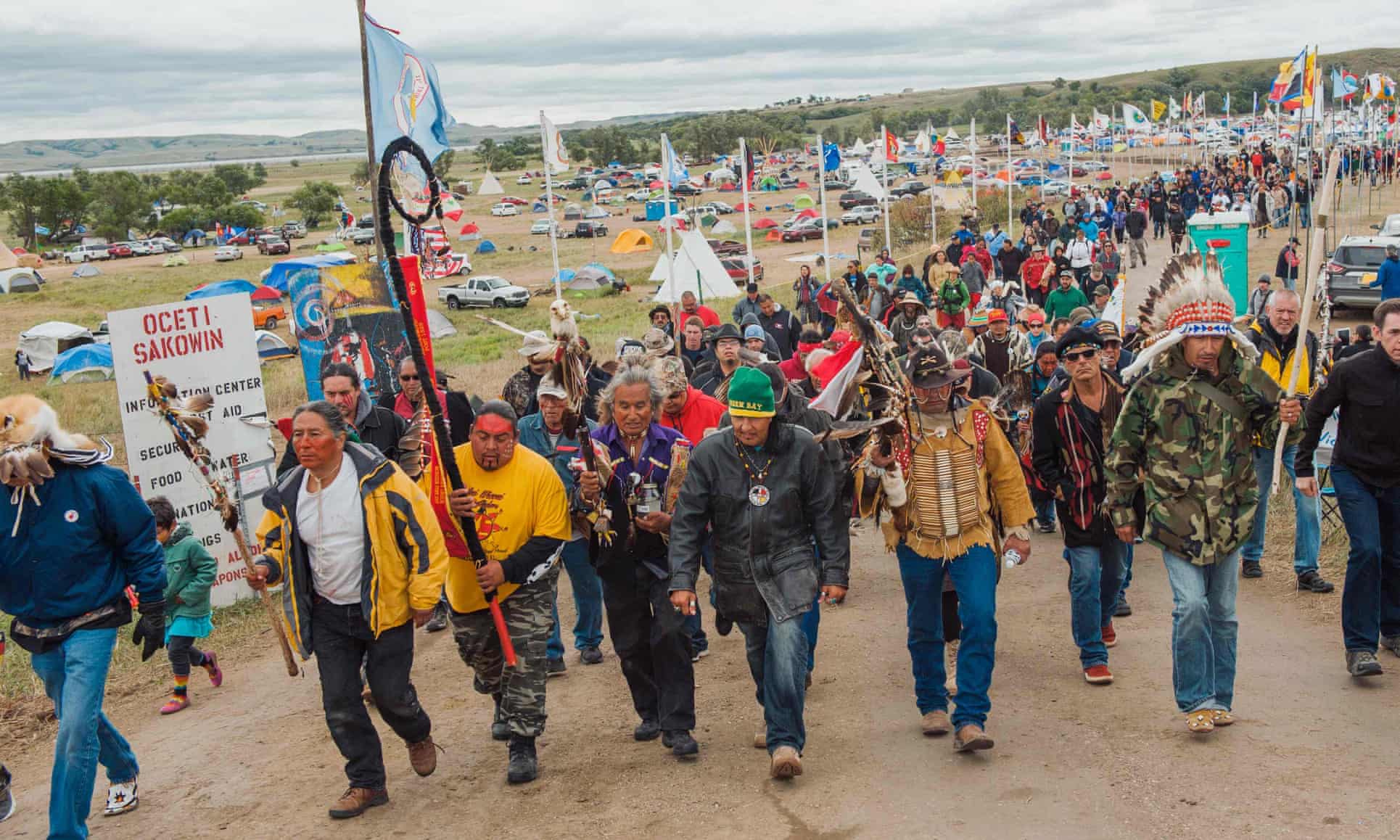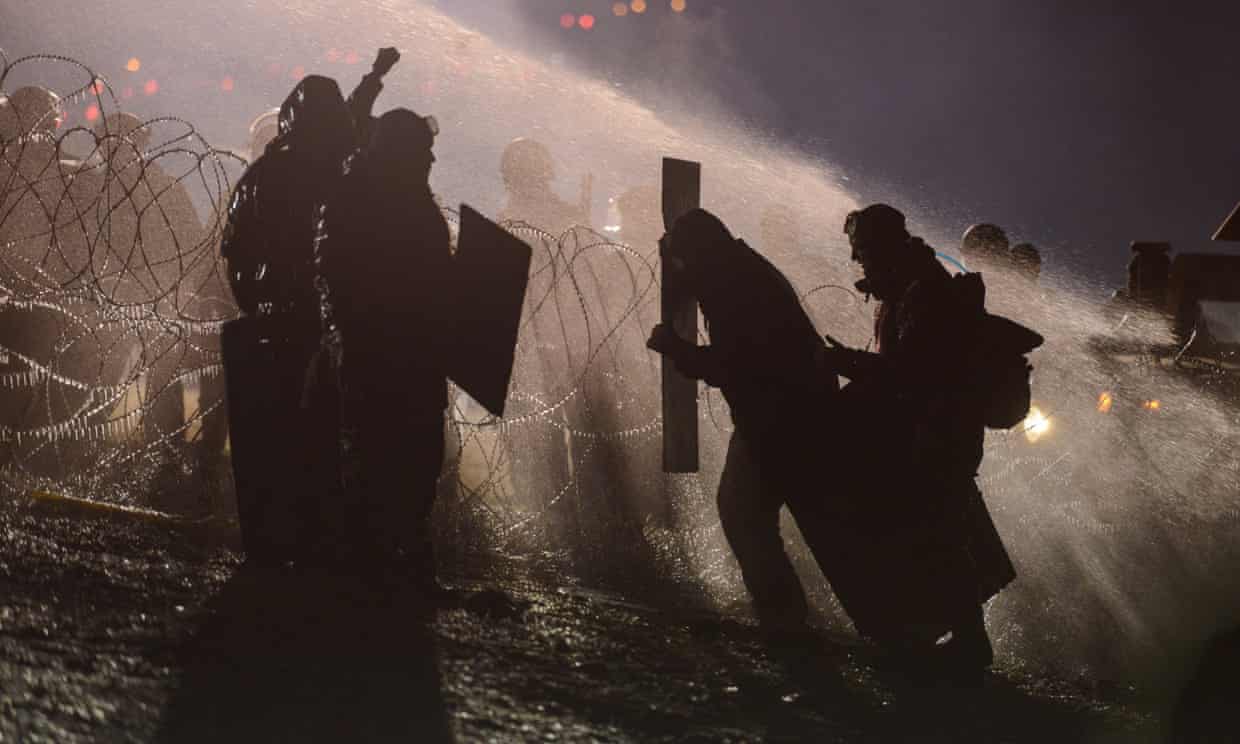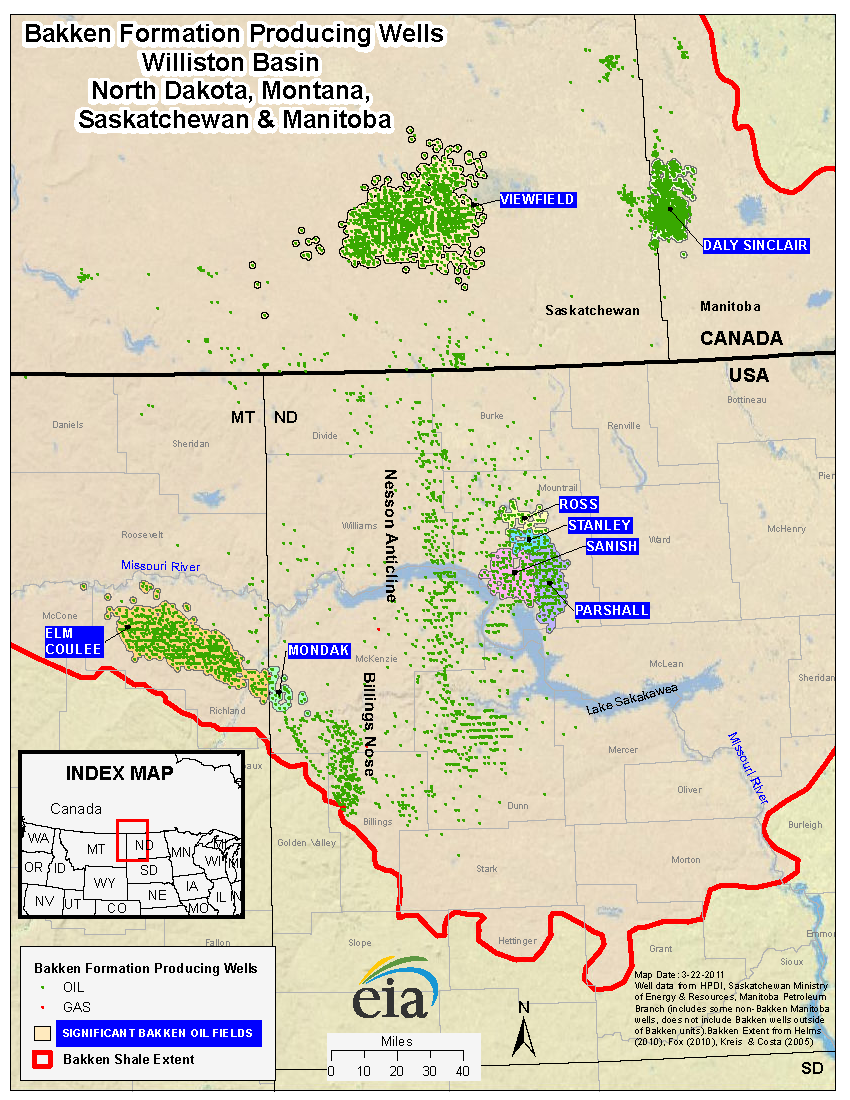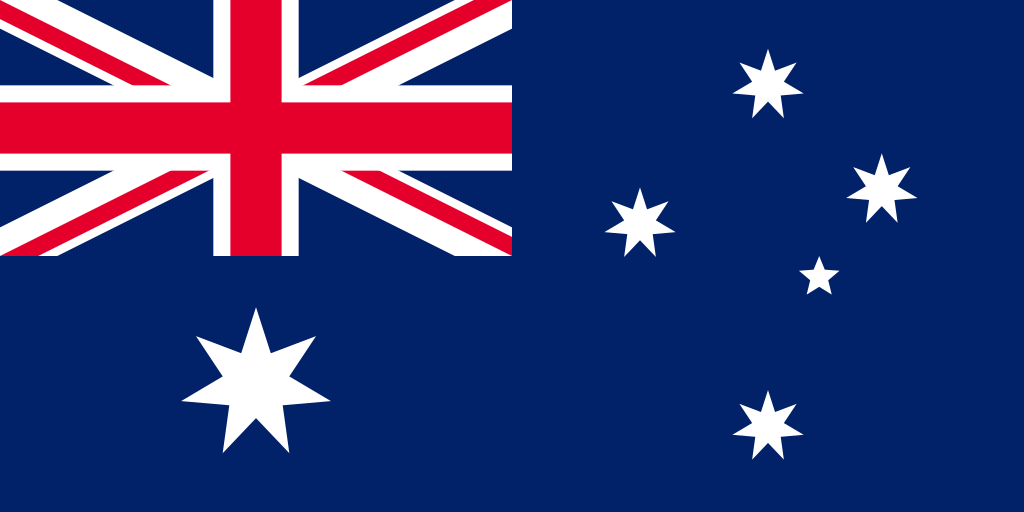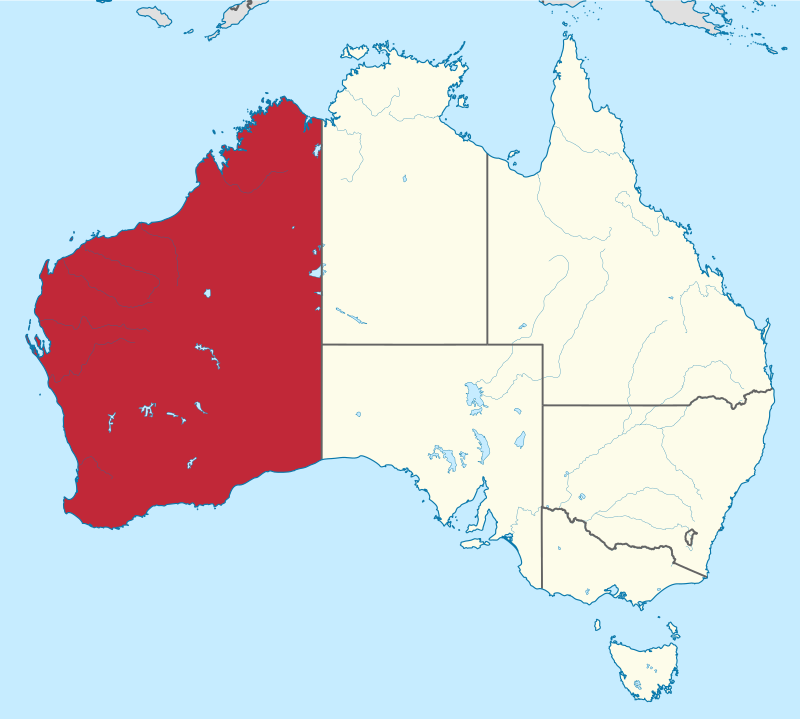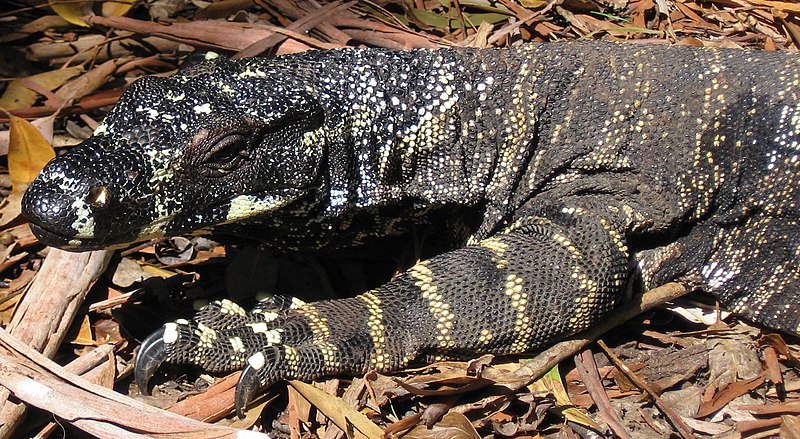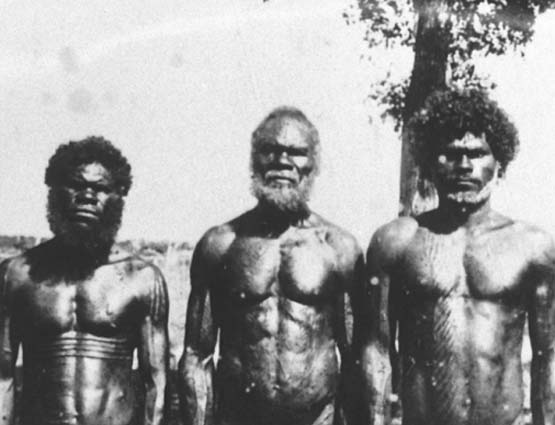Landschlacht, Switzerland, Sunday 5 May 2019
Imagine the perfect holiday.
Perhaps it is an active one spent hiking and windsurfing.
Perhaps you are a culture vulture mesmerized by museums and attracted to artefacts of days gone by.
Or perhaps you long for a lengthy siesta where your hardest decision is how much sunscreen to wear today.

The Canary Islands have what you want, however you want it, but being all things to all people means this is a place of contradictions.
The Islands lie off the coast of Africa yet they are European.
The Canary Islands form a Spanish archipelago and the southernmost autonomous community of Spain located in the Atlantic Ocean, 100 kilometres (62 miles) west of Morocco at the closest point.
The Canary Islands, which are also known informally as the Canaries, are among the outermost regions (OMR) of the European Union proper.
It is also one of the eight regions with special consideration of historical nationality recognized as such by the Spanish Government.
The Canary Islands belong to the African Plate, like the Spanish cities of Ceuta and Melilla on the African mainland.

The seven main islands are (from largest to smallest in area) Tenerife, Fuerteventura, Gran Canaria, Lanzarote, La Palma, La Gomera and El Hierro.
The archipelago includes much smaller islands and islets: La Graciosa, Alegranza, Isla de Lobos, Montaña Clara, Roque del Oeste and Roque del Este.
It also includes a series of adjacent roques (those of Salmor, Fasnia, Bonanza, Garachico and Anaga).
In ancient times, the island chain was often referred to as “the Fortunate Isles“.
But delving into Canarian history the casual observer has to ponder the question:
Fortunate for whom?
Historically, the Canary Islands have been considered a bridge between four continents: Africa, North America, South America and Europe.
And it has been their strategic location that has been both a blessing and a curse to those who have chosen to make the Islands their home.
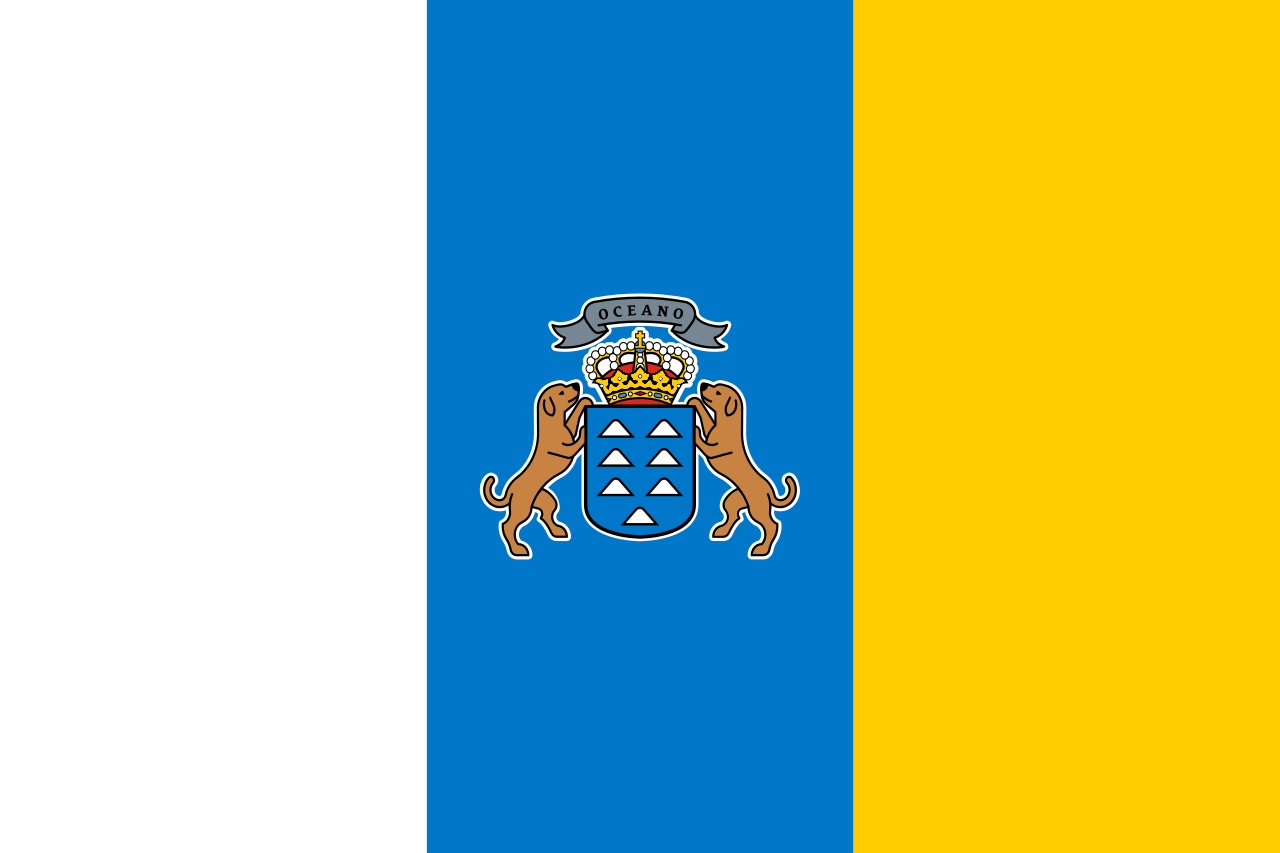
Above: Flag of the Canary Islands
The archipelago’s beaches, climate and important natural attractions, especially Maspalomas in Gran Canaria and Teide National Park and Mount Teide (a World Heritage Site) in Tenerife (the third tallest volcano in the world measured from its base on the ocean floor), make it a major tourist destination with over 12 million visitors per year, especially Tenerife, Gran Canaria, Fuerteventura and Lanzarote.

Imagine living on an island where more people around you are tourists than residents.
Tourists are, by their very nature, selfish in that the pleasure principle dominates their every thought.
Most care nothing about those who reside there except in how the locals cater to their needs.
There is nothing new under the sun.

The islands have a subtropical climate, with long hot summers and moderately warm winters.
The precipitation levels and the level of maritime moderation vary depending on location and elevation.
Green areas as well as desert exist on the archipelago.
Rain seems rare and snow something never seen.
Due to their location above the temperature inversion layer, the high mountains of these islands are ideal for astronomical observation.
For this reason, two professional observatories, Teide Observatory on the island of Tenerife and Roque de los Muchachos Observatory on the island of La Palma, have been built on the islands.
The day sky is cloudless.
The night sky stretches to infinity and beyond.
The horizon beckons with promise.
So it may be reasonable to assume that piracy has existed for as long as the oceans were plied for commerce.
Piracy is an act of robbery or criminal violence by ship or boat-borne attackers upon another ship or a coastal area, typically with the goal of stealing cargo and other valuable items or properties.
Those who engage in acts of piracy are called pirates.
Privateering uses similar methods to piracy, but the captain acts under orders of the state authorizing the capture of merchant ships belonging to an enemy nation, making it a legitimate form of war-like activity by non-state actors.

Due to the strategic situation of this Spanish archipelago as a crossroads of maritime routes and commercial bridge between Europe, Africa and America, this was one of the places on the planet with the greatest pirate presence.
In the Canary Islands, the following stand out:
- The attacks and continuous looting of Berber, English, French and Dutch corsairs
- The presence of pirates from this archipelago who made their incursions into the Caribbean.
- Pirates and corsairs, such as François Le Clerc, Jacques de Sores, Francis Drake, Pieter van der Does, Murat Reis and Horacio Nelson, attacked the islands.
- Among those born in the archipelago who stands out above all is Amaro Pargo, whom the monarch Felipe V of Spain frequently benefited from his commercial incursions.
During the time of the Spanish Empire, the Canaries were the main stopover for Spanish galleons – galleons seeking to be laiden with treasure – on their way to the Americas, which came south to catch the prevailing northeasterly trade winds.

Sailing off the coast of Africa the closest of the Canaries to be reached is the Island of Lanzerote and thus it became the first Canary Island to be settled.
Lanzerote is the northernmost and easternmost of the autonomous Canary Islands in the Atlantic Ocean.
It is located approximately only 125 kilometres (78 miles) off the north coast of Africa and 1,000 kilometres (621 miles) from the Iberian Peninsula.
Covering 845.94 square kilometres (326.62 square miles), Lanzarote is the fourth largest of the islands in the archipelago.
With 149,183 inhabitants, it is the third most populous Canary Island, after Tenerife and Gran Canaria.
Located in the centre-west of the island is Timanfaya National Park, one of its main attractions.
The island was declared a biosphere reserve by UNESCO in 1993.
The island’s capital is Arrecife.

The Phoenicians may have visited or settled there, though no material evidence survives.
The first known record came from Roman author Pliny the Elder in the encyclopaedia Naturalis Historia on an expedition to the Canary Islands.
The names of the islands (then called Insulae Fortunatae or the “Fortunate Isles“) were recorded as Junonia (Fuerteventura), Canaria (Gran Canaria), Ninguaria (Tenerife), Junonia Major (La Palma), Pluvialia (El Hierro), and Capraria (La Gomera).
Lanzarote and Fuerteventura, the two easternmost Canary Islands, were only mentioned as the archipelago of the “purple islands“.
The Roman poet Lucan and the Greek astronomer and geographer Ptolemy gave their precise locations.

Several archaeological expeditions have uncovered the prehistoric settlement at the archaeologic site of El Bebedero in the village of Teguise.
In one of those expeditions, by a team from the University of Las Palmas de Gran Canaria and a team from the University of Zaragoza, yielded about 100 Roman potsherds, nine pieces of metal, and one piece of glass.
The artefacts were found in strata dated between the 1st and 4th centuries.
They show that Romans did trade with the Canarians, though there is no evidence of settlements.
Lanzarote was previously settled by the Majos tribe of the Guanches, though the Romans did not mention them.
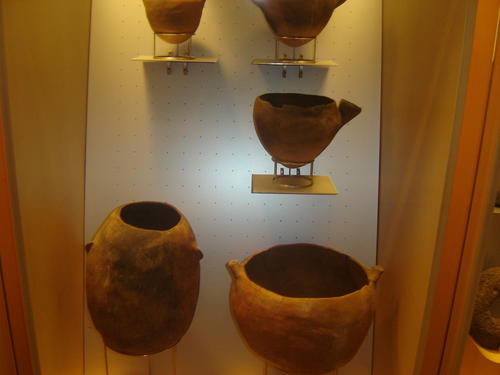
Guanches were the aboriginal inhabitants of the Canary Islands.
In 2017, the first genome-wide data from the Guanches confirmed a North African origin and that they were genetically most similar to modern North African Berber peoples of the nearby North African mainland.
It is believed that they migrated to the archipelago around 1000 BC or perhaps earlier.
The Guanches were the only native people known to have lived in the region before the arrival of Europeans, as there is no evidence that the other archipelagos (Azores, Cape Verde, Madeira) were inhabited before Europeans arrived.
After the Spanish conquest of the Canaries they were ethnically and culturally absorbed by Spanish settlers, although elements of their culture survive to this day, intermixed within Canarian customs and traditions such as Silbo (the whistled language of La Gomera Island).
After the fall of the Western Roman Empire, the Canary Islands were ignored until 999, when the Arabs arrived at the island which they dubbed al-Djezir al-Khalida (among other names).
An account of the Guanche population may have been made around AD 1150 by the Arab geographer Muhammad al-Idrisi in the Nuzhatul Mushtaq, a book he wrote for King Roger II of Sicily, in which al-Idrisi reports a journey in the Atlantic Ocean made by the Mugharrarin (“the adventurers“), a family of Andalusian seafarers from Lisbon.
The only surviving version of this book, kept at the Bibliothèque Nationale de France, and first translated by Pierre Amédée Jaubert, reports that, after having reached an area of “sticky and stinking waters“, the Mugharrarin moved back and first reached an uninhabited island (Madeira or Hierro), where they found “a huge quantity of sheep, which its meat was bitter and inedible” and, then, “continued southward” and reached another island where they were soon surrounded by barks and brought to “a village whose inhabitants were often fair haired with long and flaxen hair and the women of a rare beauty“.
Among the villagers, one did speak Arabic and asked them where they came from.
Then the king of the village ordered them to bring them back to the continent where they were surprised to be welcomed by Berbers.
Apart from the marvelous and fanciful content of this history, this account would suggest that Guanches had sporadic contacts with populations from the mainland.
Al-Idrisi also described the Guanche men as tall and of a reddish-brown complexion.
During the 14th century, the Guanches are presumed to have had other contacts with Balearic seafarers from Spain, suggested by the presence of Balearic artifacts found on several of the Canary Islands.

Above: (in red) The Balearic Islands
In 1336, a ship arrived from Lisbon under the guidance of Genoese navigator Lancelotto Malocello, who used the alias “Lanzarote da Framqua“.
A fort was later built in the area of Montaña de Guanapay near today’s Teguise.

Castilian slaving expeditions in 1385 and 1393 seized hundreds of Guanches and sold them in Spain, initiating the slave trade in the islands.
Where there is profit to be found on the open seas there will be those who will seek to claim it.
Slavery and piracy differ only in that the plunder of the former is the lives of human beings.
The violence used by both is indistinguishable from the other.
French explorer Jean de Béthencourt arrived in 1402, heading a private expedition under Castilian auspices.
Bethencourt first visited the south of Lanzarote at Playa de Papagayo, and the French overran the island within a matter of months.
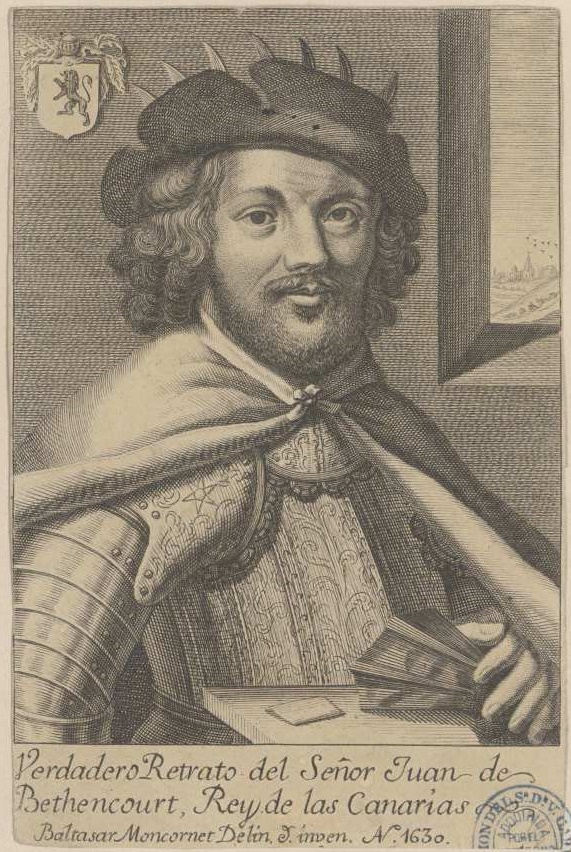
Above: Jean de Béthencourt (1362 – 1425)
The island lacked mountains and gorges to serve as hideouts for the remaining Guanche population and so many Guanches were taken away as slaves.
Only 300 Guanche men were said to have remained.
The Castilian conquest of the Canary Islands began in 1402, with the expedition of Jean de Béthencourt and Gadifer de la Salle (1340 – 1415) to the island of Lanzarote.
Gadifer would invade Lanzarote and Fuerteventura with ease since many of the aboriginals, faced with issues of starvation and poor agriculture, would surrender to Spanish rule.

At the southern end of the Yaiza municipality, the first European settlement in the Canary Islands appeared in 1402 in the area known as El Rubicón, where the conquest of the Archipelago began.
In this place, the Cathedral of Saint Martial of Limoges was built.
The cathedral was destroyed by English pirates in the 16th century.
The diocese was moved in 1483 to Las Palmas de Gran Canaria (Roman Catholic Diocese of Canarias).

In 1404, the Castilians (with the support of the King of Castile) came and fought the local Guanches who were further decimated.
The islands of Fuerteventura and El Hierro were later similarly conquered.
In 1477, a decision by the royal council of Castile confirmed a grant of Lanzarote and Fuerteventura, with the smaller islands of Ferro and Gomera to the Castilian nobles Herrera, who held their fief until the end of the 18th century.
In 1585, the Ottoman admiral Murat Reis temporarily seized Lanzarote.
In the 17th century, pirates raided the island and took 1,000 inhabitants into slavery in Cueva de los Verdes.
From 1730 to 1736, the island was hit by a series of volcanic eruptions, producing 32 new volcanoes in a stretch of 18 kilometres (11 miles).
The priest of Yaiza, Don Andrés Lorenzo Curbelo, documented the eruption in detail until 1731.
Lava covered a quarter of the island’s surface, including the most fertile soil and 11 villages.
100 smaller volcanoes were located in the area called Montañas del Fuego, the “Mountains of Fire“.

In 1768, drought affected the deforested island and winter rains did not fall.
Much of the population was forced to emigrate to Cuba and the Americas, including a group which formed a significant addition to the Spanish settlers in Texas at San Antonio de Bexar in 1731.
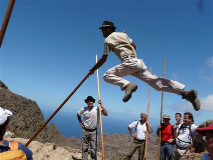
Another volcanic eruption occurred within the range of Tiagua in 1824, which was less violent than the major eruption between 1730 and 1736.
Thus the island has become a UNESCO Biosphere Reserve protected site.
According to a report in the Financial Times, this status was endangered by a local corruption scandal.
Since May 2009, police have arrested the former president of Lanzarote, the former mayor of Arrecife and more than 20 politicians and businessmen in connection with illegal building permits along Lanzarote’s coastline.
UNESCO has threatened to revoke Lanzarote’s Biosphere Reserve status, “if the developments are not respecting local needs and are impacting on the environment“.
The President of the Cabildo of Lanzarote denied “any threat to Lanzarote’s UNESCO status“.

Piracy upon the open sea beside the shores of Lanzarote may be a thing of the past but greed remains eternal.
Teguise, Lanzarote, Canary Islands, Sunday 2 December 2018
As described in a previous post of this blog, my wife and I arrived on the island and drove from the airport near the island capital of Arrecife to the resort town of Costa Teguise where we overnighted for the entirety of our stay on Lanzarote.
(Please see Canada Slim and the Royal Retreat of this blog.)

Above: Lanzarote Airport
Our previous research gleaned that Sunday was market day in Teguise so soon after we checked into our hotel we quickly headed here.
Teguise, also known as La Villa de Teguise, is a village in the Municipality of Teguise in the north central part of the Island, 12 km north of Arrecife.
Here North Africa meets Spanish pueblo.
Like no other place on Lanzarote, it has preserved its historic appearance to this day.
It is an intriguing mini-oasis of low buildings set around a central plaza and surrounded by the bare plains of central Lanzarote.
The small old town forms a compact whole that impresses in its uniformity.
The Andalusian style of southern Spain sets the tone.
The outwardly simple, white houses have high, carved wooden portals and large shutters in front of the windows.
The former capital was built in the 15th century for fear of pirate raids in the middle of the island, right at the foot of the striking Montana de Guanapay.
Built in the Spanish colonial style, it presents a magnificent ensemble of stylish churches and monasteries, harmonious squares, magnificent old houses and quiet streets.
Old town Teguise has been a listed heritage site for over twenty years and is the jewel of Lanzarote.
It is considered one of the best preserved settlement centers of the Canaries.
As of 1 January 2018 the village’s population was 1,776.
The town was founded in 1418 and served as the capital of the Kingdom of the Canary Islands from 1425 to 1448 and as capital of Lanzarote until the capital was moved to Arrecife in 1852.
Teguise is said to have been founded by Maciot – the successor of the aforementioned Jean de Béthencourt – who is rumoured to have lived here with Princess Teguise, the daughter of the Guanche King Guadarfia.
Various convents were founded and the town prospered.
But with prosperity came other problems, including pirates who plundered the town several times.
Although the strategic location of the city was favorable – protected to the north by the Famara reef, in addition to the Castillo de Santa Bárbara enthroned above the city, a broad overview in all directions, the following centuries were marked by numerous bloody pirate attacks, undoubtedly reactions to the brutal raids of Teguise’s feudal lords, who had previously deported thousands of Berbers to slavery on the African coasts.
Teguise went through hard times and was said to be no more than a miserable village with thatched huts.
In 1586, Algerian pirates stormed the city under their infamous leader Morato Arráez and put down everything that stood in their way.
The Callejon de Sangre (Blood Alley) behind the parish church recalls this terrible tragedy.
In 1618, plundering Berber hordes burnt down the city completely, enslaving much of the island’s population.
As a result, Teguise’s historic buildings were increasingly economically unattractive for most of the late 17th and 18th centuries.
And this is why, in 1852, the up-and-coming port city of Arrecife was named the new capital of the island, while Teguise evolved into the open-air museum that it still represents today.
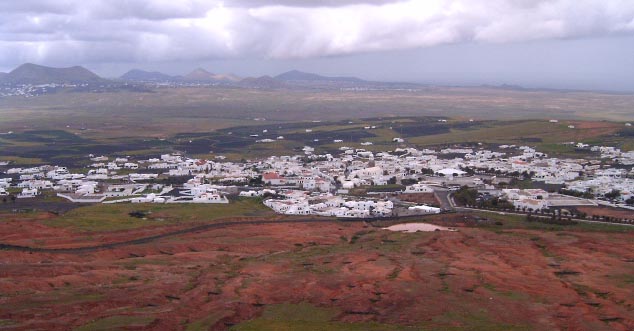
Firmly on the tourist trail, there are several shops here selling flowing garments and handmade jewellery, plus restaurants, bars and a handful of monuments testifying to the fact that the town once was the capital.
This is a town of spacious squares and well-kept cobblestone streets lined with beautifully restored houses that testify to Teguise’s former glory.
For a stroll, however, you should choose a really sunny day, because Teguise is located in a relatively uncomfortable island corner, namely on a cold and draughty plateau.
During the week, Teguise is a quiet place, ideal for a leisurely stroll through the streets.
Sunday is all about the huge folksy market that takes place here every week.
It is a day of flourishing handicrafts in the market with throngs of tourists shopping and gorging themselves into a satiated stupor and locals lounging beneath a gentle breeze and a warm sun.
Throughout the entire old town, stands are close to one other, in between streams of visitors from the whole island crowded here for this one moment in time, the bars and restaurants bursting in an exuberant mood.
A day for dancing, if being leisurely was not so tempting.
What strikes the visitor to Teguise Market the most is the foreign feel of the artists, the arts and crafts, the ecological and esoteric scene.
Various shops around the two central squares offer natural products, jewelery, antiques and so on – certainly not only because Teguise is so “beautiful“, but above all for tangible commercial reasons, because during the big Sunday market, the city is always very well attended.
But as well Canarian culture has a focus in Teguise.
Thus, the former capital of the island is considered the place of origin of the timples, the traditional guitar-like string instruments of Canarios, of which an exhibition in the Palacio Spinola proudly praises in the central square of Teguise.

The timple is a traditional 5-string plucked string instrument of the Canary Islands.
On La Palma Island and in the north of the island of Tenerife, many timple players omit the fifth (D) string, in order to play the timple as a four-string ukulele, though this is considered less traditional by players and advocates of the five-string version.
The players of the four-string style, in return, say that they are simply playing the timple in the old-fashioned way from before the time when a fifth string was introduced in the late nineteenth or early twentieth century.
Timple players (timplistas) of note are Benito Cabrera from Lanzarote, José Antonio Ramos, Totoyo Millares, and Germán López from Gran Canaria, and Pedro Izquierdo from Tenerife.
Antonio Lemes Hernández, at Calle Flores 8, is one of the last to build the famous Canarian guitars.
He also supplies many music groups in other Canary Islands.
Various sizes are produced, from the mini-model to the contratimple.
The Cabildo de Lanzarote, through its Departments of Culture and Industry, has recognized Antonio Lemes Hernández for his involvement of more than half a century in the production of timples.
Lemes, a craftsman from Teguise, has been building timples since he was very small.
He himself recognizes that:
We brushed them and made them from that material, but of course, I made them and broke them, I did not have a teacher.”
So he perfected his technique.
The important thing is that it is good wood so that they can tune well.
Sixty years after his first contact with the timple, Antonio’s hands continue to mold, giving life to the sound camel .
To play what is the treasure of Lanzerote music.
Antonio Lemes Hernández, popularly known as Lolo, was born in the stately Villa de Teguise.
As a child he learned the technique of woodworking in the School of Crafts of Teguise, although it was his carpenter companion, Antonio de León Bonilla, who had some knowledge of the timple, who taught him to shape the sound camel.
Little by little, Antonio became fond of this instrument, so today his works are highly valued and requested, some to make sound alone or at parties and others are conservative and wish to possess a timble like a real jewel in private storage.
Antonio Lemes has always been linked to the world of music.
In his youth he was part of the famous orchestra of Teguise known as Lira and Lido and he was also a part of cultural institutions such as Rancho de Pascuas de Teguise.
At present, Antonio Lemes enjoys his retirement, although as he can not stand idly by, so every day he goes to his workshop located on Flores Street, where he continues to practice the work that made him fall in love as a child, the construction of the timple.
In 2016, the Guagime Folkloric Association of Tahíche showed him public recognition by giving him their highest award, the ‘Silver Insignia‘, for his dedication to the development of the timple.
The eclectic church, the Iglesia de Nuestra Senora de Guadalupe skulks in the town square.
Constructed in the mid-15th century, it has been rebuilt many times that it feels like the divine is in a perpetual state of confusion
Inside neo-Gothic furnishings surround a statue of the Virgin Mary of Guadalupe, but it was afternoon when we arrived in Teguise, so we were forced to imagine the scene rather than witness it for ourselves.

On the opposite side of the square stands the Palacio Spinola.
The light of God facing the darkness of man.
The Palacio, completed after half a century in 1780, is beautiful with a small patio and a well.
It now doubles as both a museum and the official residence of the Canary Islands government.
It too was closed by the time we decided we wanted to visit it.
This impressive edifice is host to the Casa del Timple – a museum dedicated to the small guitar like instrument which plays a big role in local folklore and tradtional music.
The building was renovated during the 1970´s by the ubiquitous César Manrique- and provides the perfect opportunity to step back in time and sample the lifestyle of an affluent nobleman in 18th century Lanzarote, whilst also learning more about the role of the timple in island life.

Above: César Manrique (1919 – 1992)
(“For me, Lanzarote was the most beautiful place on Earth, so I made it a point to show Lanzarote to the world.“)
(More on this amazing man in a future post….)
Today, echoes of the glorious past still resonate through Teguise´s cobbled streets – which are home to some fantastic old buildings and a wealth of colonial architecture that cannot be found anywhere else on Lanzarote.
Making La Villa, as it is known locally, one of the best-preserved historic centers in the whole of the Canary Islands.
Many of these buildings are now private residences and are therefore hidden away from public gaze behind green wooden shutters.
But the house-museum at the Palacio Spinola is open to the public.
The Palacio Spinola is located in the heart of Teguise in the Plaza de San Miguel – also known locally as the Plaza de Leones because of the two statues of lions that stand guard opposite the entrance to the Palace.
Construction on the building started in 1730 – the same year that the south of the island was subjected to a six-year volcanic eruption that forged the national park at Timanfaya.
These eruptions obviously disrupted life on Lanzarote and the building of the Palacio took another fifty years to complete.
The Palacio was originally known as the Inquisitors House – as it was once the HQ of the Holy Inquisition.
From the middle of the 18th Century it became home to the Feo Peraza family, the best known of whom was the policitican Jose Feo Armas.
But by 1895 the Palacio had passed into the hands of the wealthy Spinola family.
The impressive frontage of the building with its six huge windows enclosed by intricately carved wooden shutters is a clear indication of the prosperity of the original owners.
You needed serious money to afford this sort of opulence in the early 18th century.
Visitors walk through a formal entrance way, tiled with volcanic stone – where a small admission charge of €3 is made (free for children under 12 years) – and they are then free to explore the passageways and patios of the Palacio with the help of a basic printed guide which outlines the function of each room.
Amongst the most fascinating of these are the kitchens, with a chimney arrangement that is open to the elements in order to carry away cooking smoke, a latticed viewing gallery that overlooks the two main salons, or living rooms, a massive dining room with seating for thirty two guests and a small private family chapel, featuring an intricately carved wooden altar.
Throughout the Palacio, modern paintings by local artists, such as Aguilar, are juxtaposed with antique and reproduction furniture.
The exterior of the building is equally impressive, as long passageways lead visitors out into a delightful courtyard area that houses two stately old Canarian palm trees as well as a variety of flowering plants such as hibiscus and strelitza as well as an array of colourful succulents.
Here, visitors can observe the giant wooden door guarding the entranceway – built to a height that would allow both a horse and rider to enter unhindered.
The Palacio Spinola isn’t huge – comprising eleven rooms in total, so it will probably only occupy an hour or so of your time at best, but it is an extremely well preserved example of 18th century architecture.
And who knows – you might even bump into a modern day grandee.
As the Palacio Spinola is also now the official residence of the President of the Canary Islands when he is visiting Lanzarote.
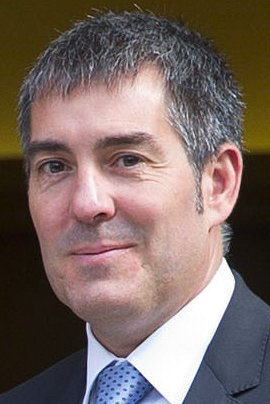
Above: Fernando Clavijo Batlle, current President of the Canary Islands
Towering over the town is the Castillo de Santa Bárbara, built in the early 16th century on top of the 452-metre (1,480 foot) high Guanapay Peak and provides a view almost over the entire island.
Visible from afar, the fortress Santa Bárbara perches on a bare crater ridge above Teguise.
A real mini “knight’s castle” with massive masonry, drawbridge and small round towers awaits the visitor.
Inside, a pirate museum has been housed here for several years.
The Museo de la Pirateria (Pirate Museum) has an exhibition that deals with an almost existential theme for Teguise and is also good for children.
With cartoon figures, picture stories, dioramas, historical signs and museum relics, the city’s hard times come to life again.
Excerpts from pirate films with six galleys from 1586 under Morato Arráez who conquers the castle and leaves Teguise with 200 prisoners, including the wife and daughter of the city commander Marquis Agustin Herrera y Rojas, for which Arráez finally receives 20,000 ducats for their ransom.
For me, Teguise, and most especially the Pirate Museum of Castle Bárbara, struck me as incongruous and felt somehow wrong.
Teguise had made a fortune from the slave trade until it was punished by Africans from whose populations these slaves had come.
The mercantile nature of the town, exhibited on a Christian day that is supposed to be free of commerce and labour, though less barbaric than former times, still resonates in the overpriced restaurants with substandard food and at the overvalued merchandise stalls where the buyer need be aware of deals done deceptively.
The Pirate Museum bothers me intensely, for it seems inherently callous to make profit from all the pain and violence committed by these bandits of the sea, celebrated and packaged glamourously for children’s consumption.
Pirates have always been and shall always be bloodthirsty bastards unable and unwilling to earn a honest day’s labour for the bread on the table.
How many hardworking families lost all that they had, including their lives, at the gory bloody hands of murderous, torturing and raping pirates?
And yet we have given pirates a mythical mystique of free men thirsting for liberty outside the confines of society.
We have made legends out of murderers, rapists and thievies and have given them colourful sobriquets like Blackbeard and Calico Jack.

Above: Pirate Cemetery, Île Sainte Marie, Madagascar
Beginning with Captain Charles Johnson’s A General History of the Robberies and Murders of the Most Notorious Pirates, piracy has become a celebrated cause since 1724.
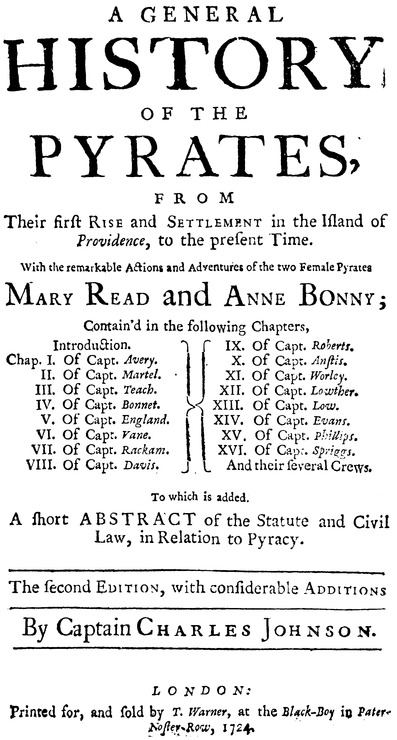
Since then we have had Long John Silver of Robert Louis Stevenson’s Treasure Island, Captain Hook as Peter Pan‘s aristocratic villain of J.M. Barrie’s play, and the sea stories of Rafael Sabatini.
These have led to films like Captain Blood, The Black Swan, and, of course, the immensely popular Pirates of the Caribbean franchise.

Somehow we have brainwashed ourselves with glamourous images of men walking the plank, being marooned, buried treasure, wooden legs and black eye patches, Jolly Roger flags and parrots squawking “pieces of eight, pieces of eight“.
Somehow we have come to warmly embrace and bring to life a seagoing world, befuddled twixt fact and fantasy, favouring felons of murderous, greedy, untrustworthy character, addicted to violence, crime committed casually, consciousness lacking conscience.
Somehow we don’t see unarmed fathers and sons viciously attacked, but instead we see elegant choreographed duels and sword fights, and not the bloody encounters where merciless men hack innocents down with axe and cutlass.
Real pirates bore little resemblance to Errol Flynn or Johnny Depp.
Above: Johnny Depp as Captain Jack Sparrow, Pirates of the Caribbean
And women aboard ship were rarer than chocolate truffles at a homeless shelter despite what Hollywood would have you believe with their lovely heroines playing a key role in the outcomes of their films.
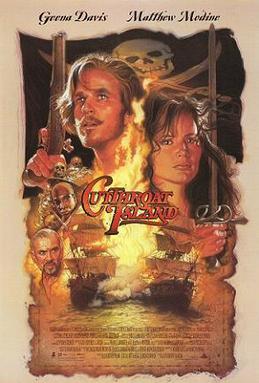
Pirates are a frequent topic in fiction and, in their Caribbean incarnation, are associated with certain stereotypical manners of speaking and dress, most of them wholly fictional:
Nearly all our notions of their behavior come from the golden age of fictional piracy, which reached its zenith in 1881 with the appearance of Robert Louis Stevenson’s Treasure Island.

Hugely influential in shaping the popular conception of pirates, Captain Charles Johnson’s A General History of the Pirates, published in London in 1724, is the prime source for the biographies of many well known pirates of the Golden Age.
The book gives a mythical status to pirates, with naval historian David Cordingly writing:
“It has been said, and there seems no reason to question this, that Captain Johnson created the modern conception of pirates.“
Such as a person costumed like the character of Captain Jack Sparrow, Johnny Depp’s lead role in the Pirates of the Caribbean film series.

Some inventions of pirate culture such as “walking the plank“–in which a bound captive is forced to walk off a board extending over the sea–were popularized by J. M. Barrie’s novel, Peter Pan, where the fictional pirate Captain Hook and his crew helped define the fictional pirate archetype.

English actor Robert Newton’s portrayal of Long John Silver in Disney’s 1950 film adaptation of Treasure Island also helped define the modern rendition of a pirate, including the stereotypical West Country “pirate accent“.

Other influences include Sinbad the Sailor and the recent Pirates of the Caribbean films have helped rekindle modern interest in piracy and have performed well at the box office.

The video game Assassin’s Creed IV: Black Flag also revolves around pirates during the Golden Age of Piracy.

The classic Gilbert and Sullivan comic opera The Pirates of Penzance focuses on The Pirate King and his hapless band of pirates.

Many sports teams use “pirate” or a related term such as “raider” or “buccaneer” as their nickname, based on these popular stereotypes of pirates.
Such teams include the Pittsburgh Pirates, who acquired their nickname in 1891 after “pirating” a player from another team.

The Oakland Raiders and Tampa Bay Buccaneers, both in the National Football League, also use pirate-related nicknames.


In the early 21st century, seaborne piracy against transport vessels remains a significant issue (with estimated worldwide losses of US$16 billion per year in 2004), particularly in the waters between the Red Sea and Indian Ocean, off the Somali coast, and also in the Strait of Malacca and Singapore.
Today, pirates armed with automatic weapons, such as assault rifles, and machine guns, grenades and rocket propelled grenades use small motorboats to attack and board ships, a tactic that takes advantage of the small number of crew members on modern cargo vessels and transport ships.
They also use larger vessels, known as “mother ships“, to supply the smaller motorboats.

Above: Somalian pirates
The international community is facing many challenges in bringing modern pirates to justice, as these attacks often occur in international waters.
Some nations have used their naval forces to protect private ships from pirate attacks and to pursue pirates, and some private vessels use armed security guards, high-pressure water cannons, or sound cannons to repel boarders, and use radar to avoid potential threats.
Piracy in the 21st century has taken place in a number of waters around the world, including the Gulf of Guinea, Strait of Malacca, Indian Ocean, and Falcon Lake.
Due to the crisis in Venezuela, issues of piracy returned to the Caribbean in the 2010s, with the increase of pirates being compared to piracy off the coast of Somalia due to the similar socioeconomic origins.
In 2016, former fishermen became pirates, appearing in the state of Sucre, with attacks happening almost daily and multiple killings occurring.
By 2018 as Venezuelans became more desperate, fears arose that Venezuelan pirates would spread throughout Caribbean waters.

Above: Gasoline smugglers, Limon River, Zulia State, Venezuela
Piracy on Falcon Lake involves crime at the border between the United States and Mexico on Falcon Lake.
The lake is a 100-kilometre-long (60 mi) reservoir constructed in 1954 and is a known drug smuggling route.
A turf war between rival drug cartels for control of the lake began in March 2010 and has led to a series of armed robberies and shooting incidents.
All of the attacks were credited to the Los Zetas cartel and occurred primarily on the Mexican side of the reservoir but within sight of the Texas coast.
The so-called pirates operate “fleets” of small boats designed to seize fishermen and smuggle drugs.
While the events have been referred to colloquially as piracy, all the waters of Falcon Lake are considered either US or Mexican territorial waters and therefore are not technically piracy under Article 101 of the UN Convention on the Law of the Sea.
Piracy in the Gulf of Guinea affects a number of countries in West Africa as well as the wider international community.
By 2011, it had become an issue of global concern.
Pirates in the Gulf of Guinea are often part of heavily armed criminal enterprises, who employ violent methods to steal oil cargo.
In 2012, the International Maritime Bureau, Oceans Beyond Piracy and the Maritime Piracy Humanitarian Response Program reported that the number of vessels attacks by West African pirates had reached a world high, with 966 seafarers attacked during the year.
Piracy in the Gulf of Guinea has evolved over the first decade of the century.
For some time, smaller ships shuttling employees and materials belonging to the oil companies with any involvement in oil exploration had been at risk in Nigeria.
Over time, pirates became more aggressive and better armed.

Above: The Gulf of Guinea
As of 2014, pirate attacks in West Africa mainly occur in territorial waters, terminals and harbours rather than in the high seas.
This incident pattern has hindered intervention by international naval forces.
Pirates in the region operate a well-funded criminal industry, which includes established supply networks.
They are often part of heavily armed and sophisticated criminal enterprises, who increasingly use motherships to launch their attacks.
The local pirates’ overall aim is to steal oil cargo.
As such, they do not attach much importance to holding crew members and non-oil cargo and vessels for ransom.
Additionally, pirates in the Gulf of Guinea are especially noted for their violent modus operandi, which frequently involves the kidnapping, torture and shooting of crewmen.
The increasingly violent methods used by these groups is believed to be part of a conscious “business model” adopted by them, in which violence and intimidation plays a major role.
By 2010, 45, and, by 2011, 64 incidents were reported to the United Nations’ International Maritime Organization (UN – IMO).
However, many events go unreported.

Piracy acts interfere with the legitimate trading interests of the affected countries that include Benin, Togo, Côte d’Ivoire, Ghana, Nigeria and the Democratic Republic of Congo.
As an example, trade of Benin’s major port, the Port of Cotonou, was reported in 2012 to have dropped by 70%.
The cost of piracy in the Gulf of Guinea due to stolen goods, security, and insurance has been estimated to be about $2 billion.
According to the Control Risks Group, pirate attacks in the Gulf of Guinea had by mid-November 2013 maintained a steady level of around 100 attempted hijackings in the year, a close second behind Southeast Asia.
Piracy in the Indian Ocean has been a threat to international shipping since the second phase of the civil war in Somalia in the early 21st century.
Since 2005, many international organizations have expressed concern over the rise in acts of piracy.
Piracy impeded the delivery of shipments and increased shipping expenses, costing an estimated $6.6 to $6.9 billion a year in global trade according to Oceans Beyond Piracy (OBP).

According to the German Institute for Economic Research (DIW), a veritable industry of profiteers also arose around the piracy.
Insurance companies significantly increased their profits from the pirate attacks as insurance companies hiked rate premiums in response.
Combined Task Force 150, a multinational coalition task force, took on the role of fighting the piracy by establishing a Maritime Security Patrol Area (MSPA) within the Gulf of Aden and Guardafui Channel.
By September 2012, the heyday of piracy in the Indian Ocean was reportedly over.

According to the International Maritime Bureau, pirate attacks had by October 2012 dropped to a six-year low, with only one ship attacked in the third quarter compared to thirty-six during the same period in 2011
By December 2013, the US Office of Naval Intelligence reported that only 9 vessels had been attacked during the year by the pirates, with zero successful hijackings.

Control Risks attributed this 90% decline in pirate activity from the corresponding period in 2012 to the adoption of best management practices by vessel owners and crews, armed private security onboard ships, a significant naval presence and the development of onshore security forces.
Pirates in the Strait of Malacca near Indonesia are normally armed with guns, knives, or machetes.
Many reports on attacks could have gone unreported because the companies are scared of the pirates attacking them more often because the company told the authorities.
The pirates in this area also attack ships during the night.
If vessels sound an alarm, the pirates usually leave without confronting the crew.
Pirates in the Singapore Straits attack at night, while ships are underway or anchored.
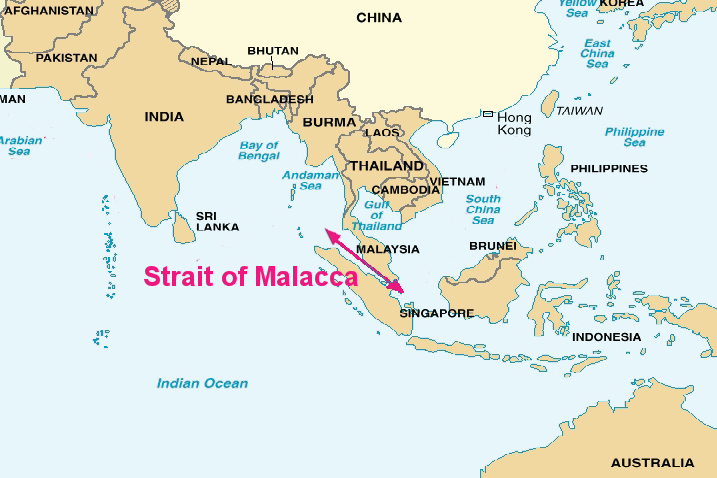
According to the Control Risks Group, pirate attacks in the Strait of Malacca had by mid-November 2013 reached a world high, surpassing those in the Gulf of Guinea.
I am all for generating income to feed a family and I realize that Teguise is highly dependent on tourism to feed theirs.
But a community that claims to be Christian should not be making a market day out of a day of rest and religious reflection.
I am all for having a museum that portrays reality historically accurate, but I find it objectionable to package criminal barbarity as a fun day out with the kids.
Piracy in all of its horror is not something that should be forgotten, but neither should it be glamorized nor sanitizied as entertainment for children.
Perhaps being a tourist is all about ignoring the realities of life, escaping from life.
But nothing is learned from life or travel if all we choose to see is only pleasureable.
Teguise is a beautiful town worth visiting but it has forgotten what value truly is.
Heritage is not a commodity to be sold at the expense of faith.
Heritage is not a commodity to be sold at the expense of truth.
When houses of worship are ignored on a day of faith to increase a merchant’s profits….
When violent crime is packaged to sell tickets to children….
Then a community has sold its soul for filthy lucre.
I liked the streets of the town and the warm sunshine after the cold and damp of Switzerland, but I longed for real people uninterested in garnering money or attention from visitors.
Real folks content with living life on their own terms rather than that dictated by others.
The aforementioned timple maker Antonio Lemes Hernandez is one.
Don Pillimpo is another.
On the access road from Mozaga, diagonally across from the petrol station, there is a house with a garden full of original sculptures, everyday and art objects, children’s toys, teddy bears and dolls.
Pillimpo, who is actually known as José Garcia Martin, is constantly expanding and changing his unusual collection, the children of Teguise bring him their discarded toys, new color paintings enliven the large sculptures, unusual compositions call out for the viewer to notice.
This strange collection of statues frequently stops passers by in their tracks.
Cars pause in the road whilst their passengers stare.
Pedestrians stop to browse the chaotic display of figurines.
The colour of the statues change frequently, shades of grey, green and pale pink.
The house is referred to as the Casa Museo Mara Mao after the statue holding this name up.
The front door is generally open, although it is said the artist is shy about being photographed and doesn’t like people entering his garden.
Rogue dolls’ heads daubed with paint and teddy bears chained to the tree have been embraced into this artist’s eclectic display.
In his 60’s Don Pillimpo is free to use his quirky imagination for everyone to wonder at.
Thousands, probably hundreds of thousands, pass the Pillimpo figurine park every year, but few people know the name of this artist.
Speechlessness, astonishment, amusement and helplessness is felt by those who pass by Pillimpos’s garden, as well as rejection, a sad shaking of the head, indifference, even fear.
But if you ask someone about these characters, who makes them, if they have any meaning, why Pillimpo dresses them in new colors over and over again, you only hear shrugs.
Maybe because it is not easy to approach the creator of this chaotic world?
Because the God of this Garden, of these saint sculptures, dolls, teddy bears, plush moose, Santa Clauses and action toy monsters with names like “Cloverfield” or “Zombie Spawn” does not show his world to the audience?
Pillimpo does not want to explain his world.
This world is dominated by larger than life figures of sand and cement, and the iconography reminds all those who grew up in the Christian context of saints that in the midst of society children have become disposable victims.
“I never saw a greater balance between order and chaos, kitsch and authenticity.“, wrote a Spanish admirer of Pillimpos art on his blog.
“Horrible. I do not like it. It’s just too heavy for me.“, an island-renowned German artist described his feelings about Pillimpo’s work.
Another artist looks at Pillimpos’s work from his own perspective of usual order and harmony:
“So if my garden should look like this then you can instruct me!”
So, is this art?
“Art is a human cultural product, the result of a creative process.
The artwork is usually at the end of this process, but can also be the process itself.
Admiration, as such, is essential to art, but this does not have to be immediate in time and can only be the result of gaining knowledge.” is one definition of art according to Wikipedia.
Perception, imagination and intuition are some of the requirements for the artistic process.
Pillimpo’s creativity and imagination are innate to him, he says.
A gift from God that he believes in, for which he is grateful.
He emphasizes this again and again.
He knows his art is not universally loved.
“In their opinion, I disturb the cityscape.“, says Pillimpo.
But they can not easily get rid of the man.
Thank God.
The land is his property.
The house in which he lives, and which is also inhabited by his creatures inside him, belongs to him.
He built it with his own hands.
No problem for the skilled bricklayer, who was born over half a century ago in his grandfather’s house near Teguise.
A hard time was the time of his youth, he recalls, and speaks of his mother, who gave birth to five more children, three girls and two boys.
Even as a young boy, Pillimpo had a thriving imagination.
Every morning, as he gazed at the sunbeams that filtered through the holes and cracks in the meagerly plastered walls, he was fascinated by the play of light and shadow and the forms his imagination accepted.
Too high reaching dreams for a boy from poverty, on Lanzarote, where at times, water was valuable, food scarce and schooling almost impossible.
Although little José could go to school, it was not fun for him.
“When you come into the world, God has already given you all the skills you should have.
He gave me imagination.“
Pillimpo leaves the subject quickly behind, almost as fast as the questions – about the meaning of his characters, whether he gives them names, why he always wraps them in new colors and how often he does that, where do the toys come from and why does his art matter – come flying at him.
It’s as if he does not hear these questions right.
He mentions that he gets the toys from local children.
He is happy when they look into his garden as they hold their parents’ hands and proudly point to their old teddy bear.
A special meaning?
Do his characters have names?
“Names? What names ? No, they have no names.
As for the colours, I change, because I just enjoy it.
I love colors and I love all these things.“, says Pillimpo.
And, with that, the explanation is done for him.
Pillimpo goes into the house.
When he comes back, he has a magazine in his hand.
He leafs a bit until he finds what he’s looking for and then proudly shows an article about himself with many photos of his sculpture park and a poem.
He reads it aloud.
The interviewers are silent.
They go home but their thoughts remain in this other world for a long time.
In Pillimpos’s world.
In Pillimpos’s world, toys cast out of children’s rooms find a new home, new appreciation and attention.
A new place where they are admired or pitied.
Here, childlike feelings return to the adult.
No viewer can escape the power of this mixture of chaos and order, kitsch and originality.
Who is this man and why does he do what he does?
It is futile to ask others.
Nobody really knows anything about him.
There are only stories, rumours, now and then a grin.
Pillimpo began to scrape drawings in the sand with a stick and form figures out of loam, sand and water.
He often sits for hours, giving free rein to his imagination.
Not everyone likes that, but his mother had understood.
She had protected him, even defended his “quirks” from others, and did not laugh when he started to make music and dreamed of becoming an actor.
Pillimpo speaks of his dreams only to those able to exchange views with a true philosopher.
“I would like to speak with a great thinker, so maybe I can know if I’m right in my views or if I’m a bit of a fool.“, he says seriously.
I cannot help but compare and contrast the Pirate Museum with the garden of Don Pillimpo.
The former forms the fantastic from facts best forgotten in the frentic thirst for profits.
The latter at no cost leaves a legacy of nostalgia for the children we once were.
The Museum claims to be history but it is not.
The garden makes no claims about being art but it is.
Teguise, for me, will never be about El Mercadillo (the name of this Sunday market) or the Castillo Santa Bárbara, despite how both dominate the attention.
Teguise is instead quiet humble pride whispered from a timple workshop and an eclectic sculpture garden.
And this is something no pirate could ever take from me.

Sources: Wikipedia / Google / Lonely Planet Canary Islands / DK Eyewitness Canary Islands / Eberhard Fohrer, Lanzarote / http://www.lanzarote37.net / https://lanzaroteinfomration.co.uk


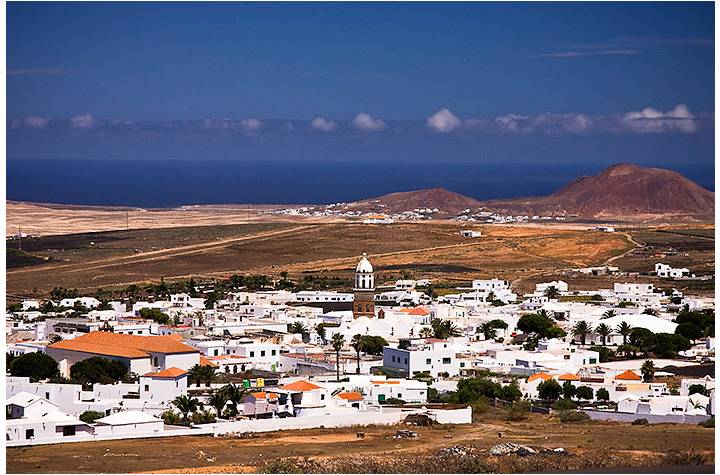
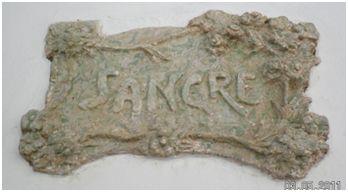


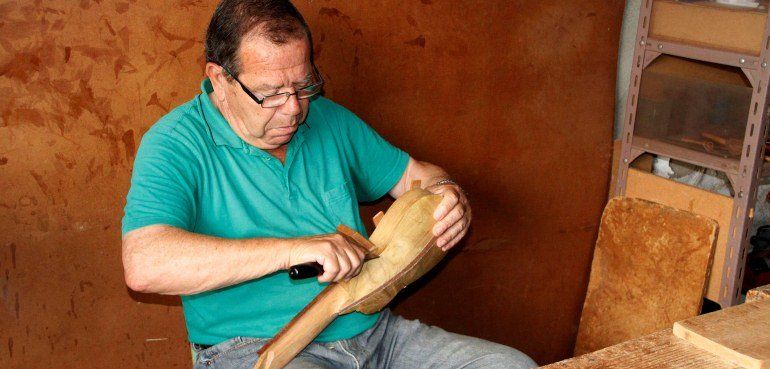






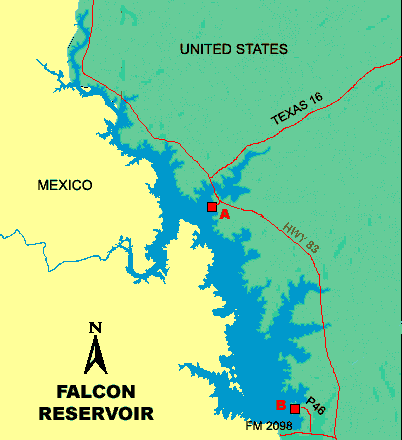
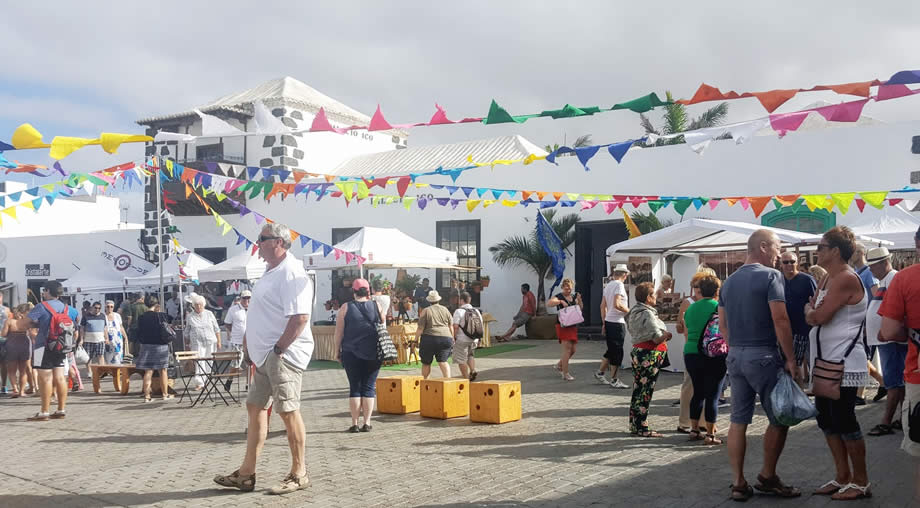
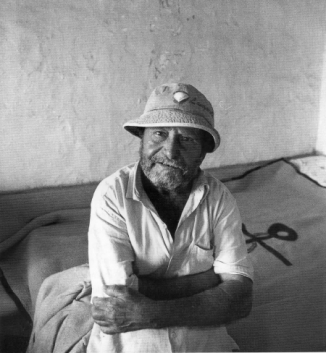




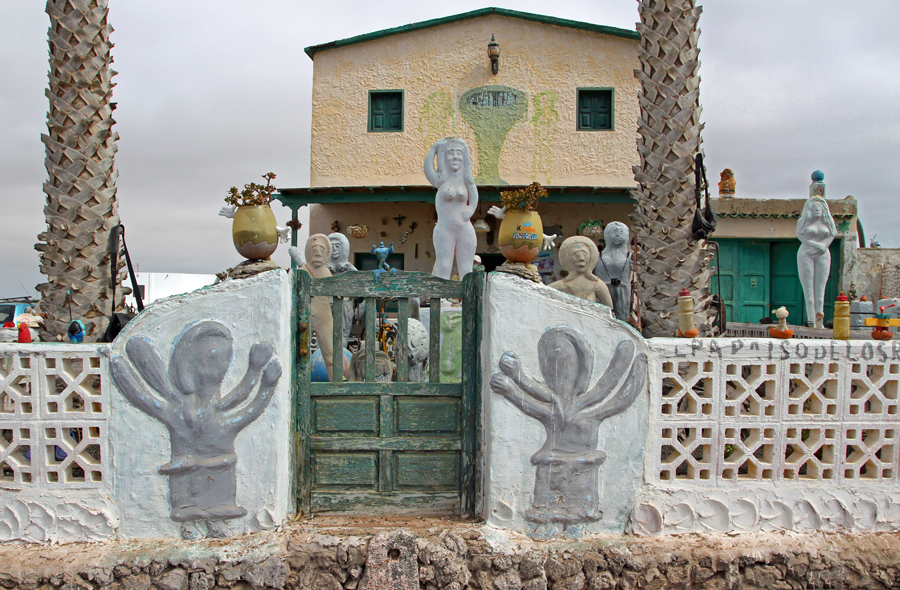
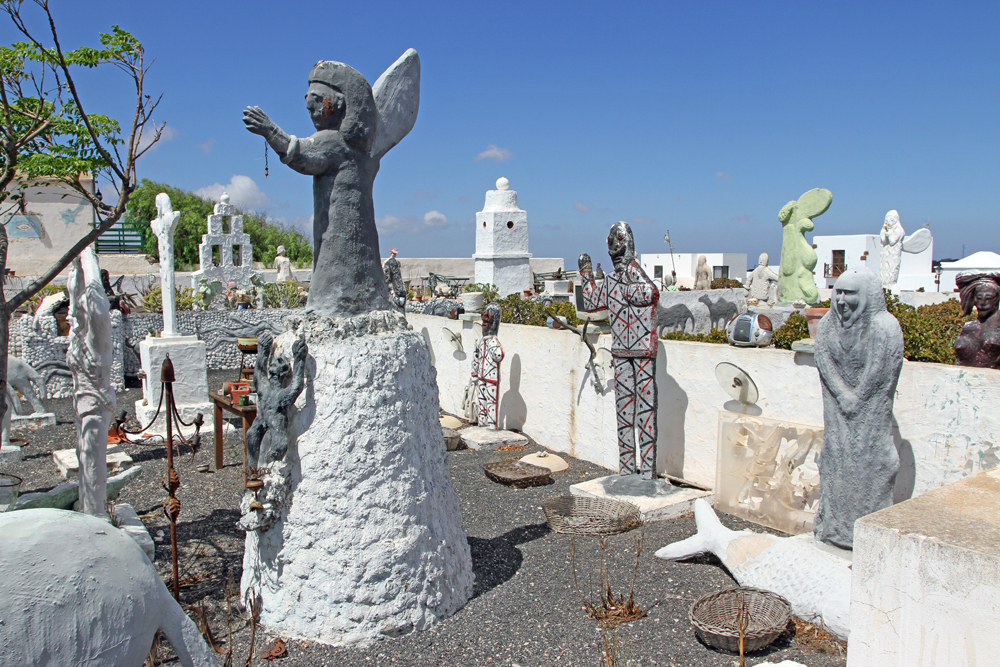









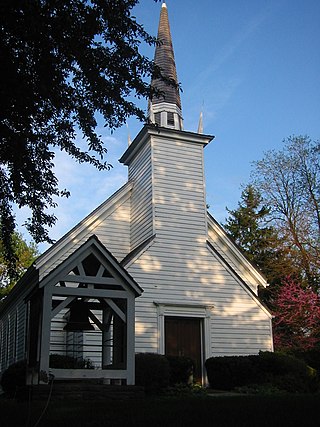

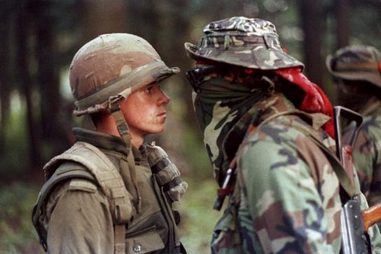







![Dakota Access Pipeline route (Standing Rock Indian Reservation is shown in orange)[1][2]](https://upload.wikimedia.org/wikipedia/commons/thumb/a/ac/Bakken_map_osm_basemap.png/800px-Bakken_map_osm_basemap.png)

